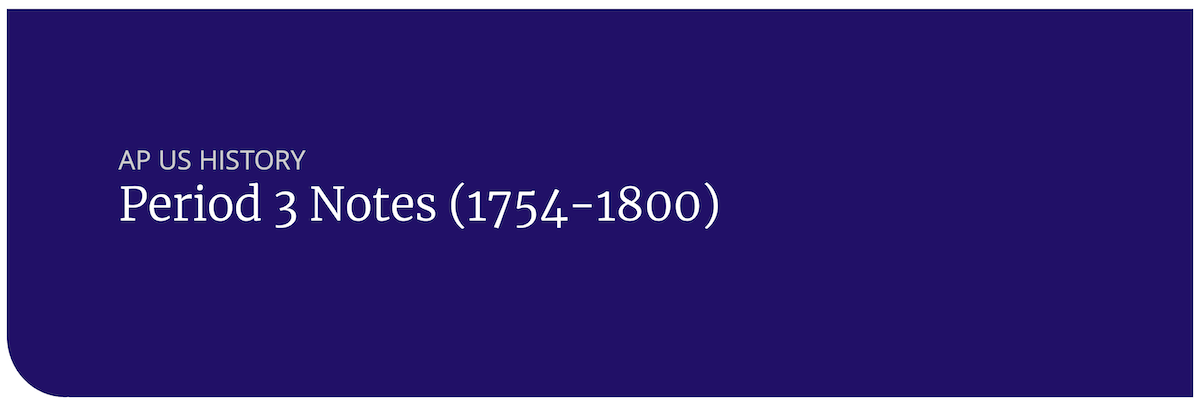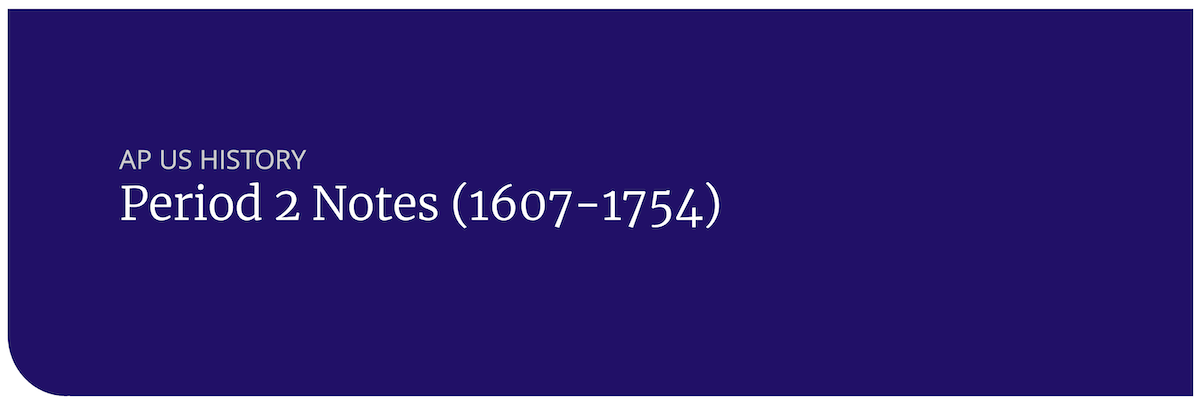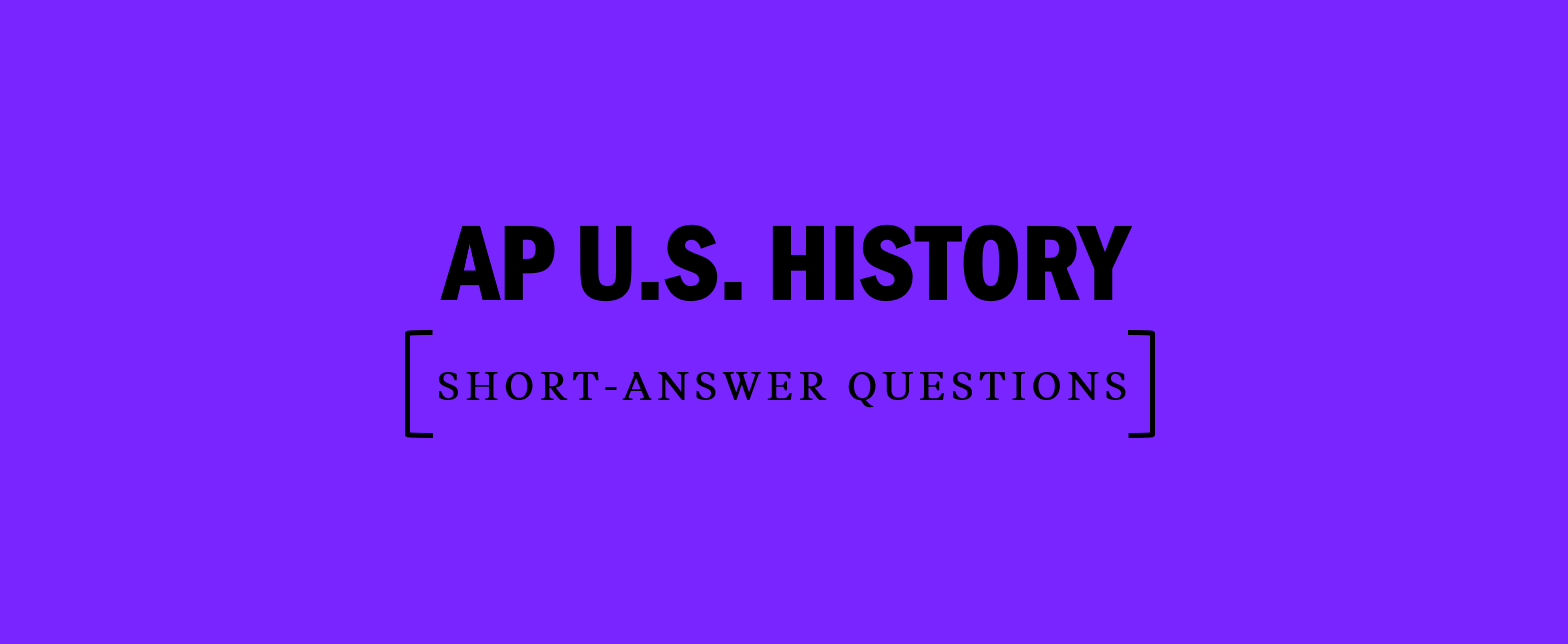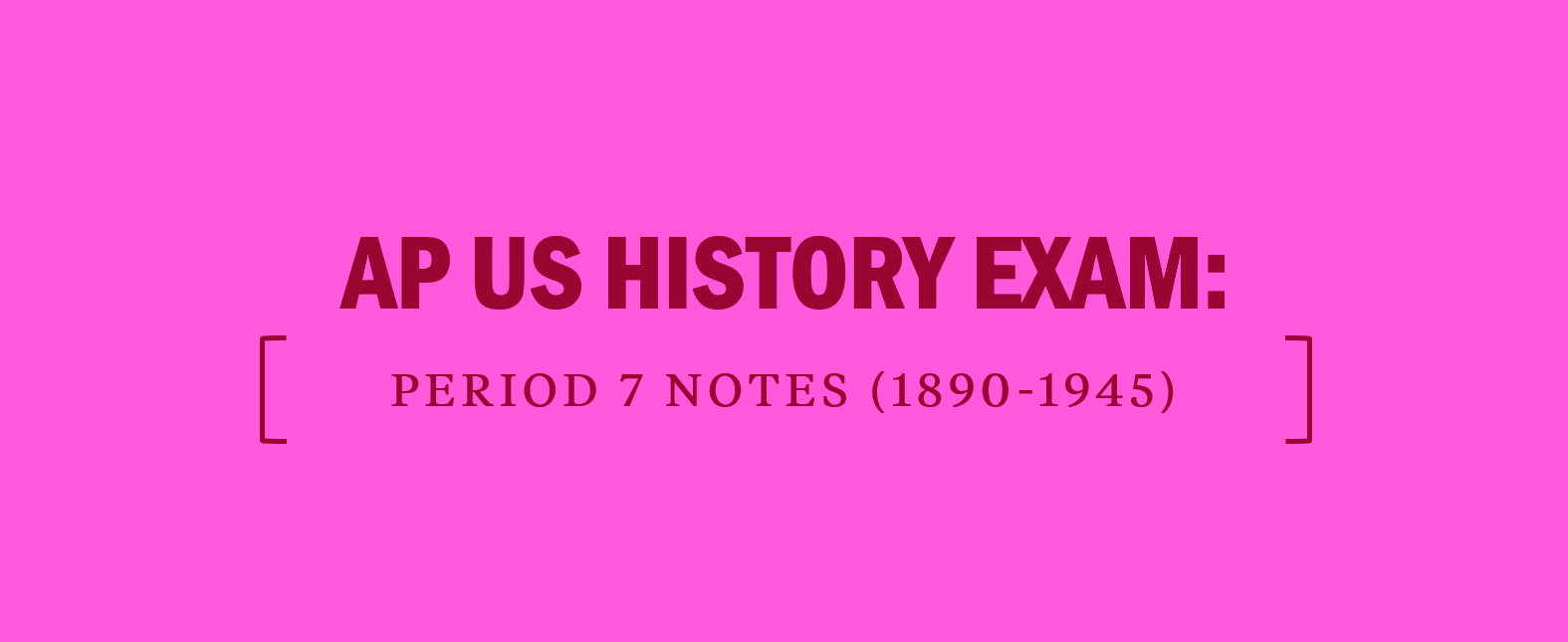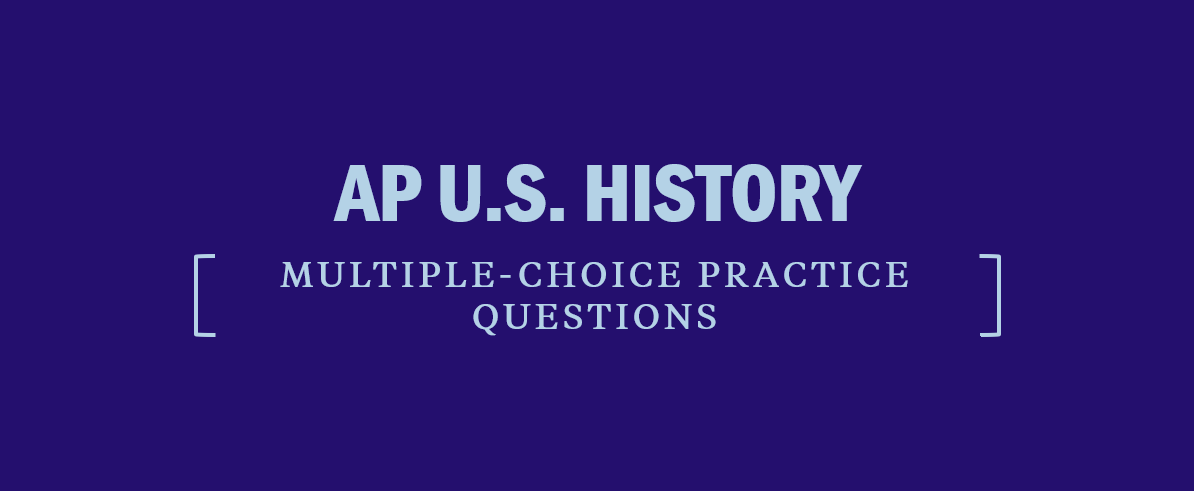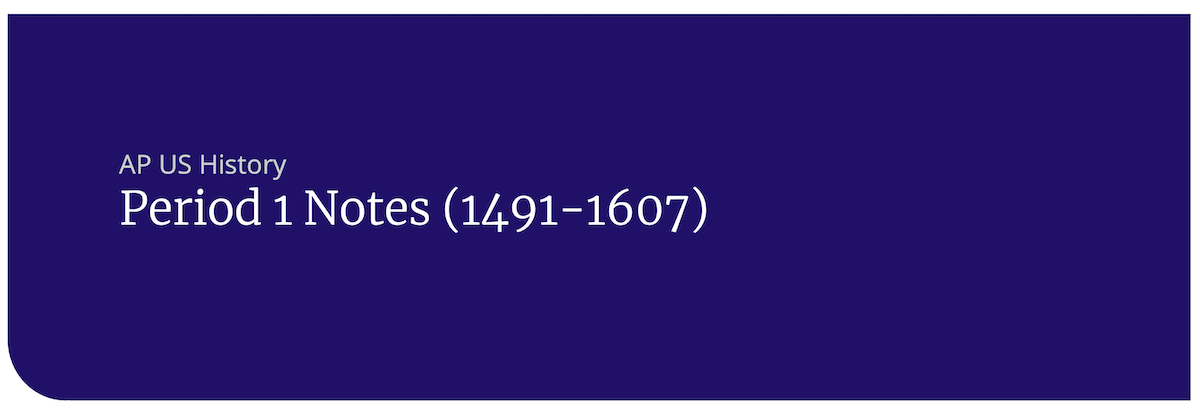AP US History Exam: Period 3 Notes (1754-1800)
Key Topics–Period 3: 1754 to 1800
Remember that the AP US History exam tests you on the depth of your knowledge, not just your ability to recall facts. While we have provided brief definitions here, you will need to know these terms in even more depth for the AP US History exam, including how terms connect to broader historical themes and understandings.
The French and Indian War
- French and Indian War: 1754–1763. Name for the North American theater of the Seven Years’ War. Featured Britain and France, and their colonial and native allies, fighting for control of North America east of the Mississippi. While the British won, they incurred massive debts in the process. This led to trouble down the road for them. See: Treaty of Paris (1763).
- George Washington: First President. Served 1789–1797. A land surveyor from Virginia, he led colonial militia as an officer in the French and Indian War. Led the Continental Army during the American Revolutionary War at battles such as Valley Forge and Yorktown. Later presided over the Continental Congress. Among many other acts, he established the informal two-term limit for presidents by declining to run for reelection in 1796. See: Farewell Address.
- Benjamin Franklin: Founding Father. Invented bifocals, the Franklin stove, the lightning rod, and the swivel chair. An early campaigner for American unity, he served as the first U.S. Ambassador to France (1776–1785). Signed both the Declaration of Independence and the Constitution. Died 1790 at age 84. See: Albany Plan of Union.
- Albany Plan of Union: A proposal by the Albany Congress, under the guidance of Benjamin Franklin, during the French and Indian War. It called for a confederation of colonies to defend against attack by European and native foes. Rejected by the colonial assemblies due to concern over the central consolidation of power, and by the British government because they felt it allowed for too much colonial independence.
- William Pitt: Also known as William Pitt the Elder. A Whig statesman who shifted British efforts in the French and Indian War from colonial skirmishes to the capturing of Canada, with key victories in Louisbourg (1758), Quebec (1759), and Montreal (1760). This effectively removed France’s presence from North America.
- Treaty of Paris (1763): Treaty which capped off the French and Indian War. The British took control of French Canada and Spanish Florida, effectively removing France’s presence from North America.

